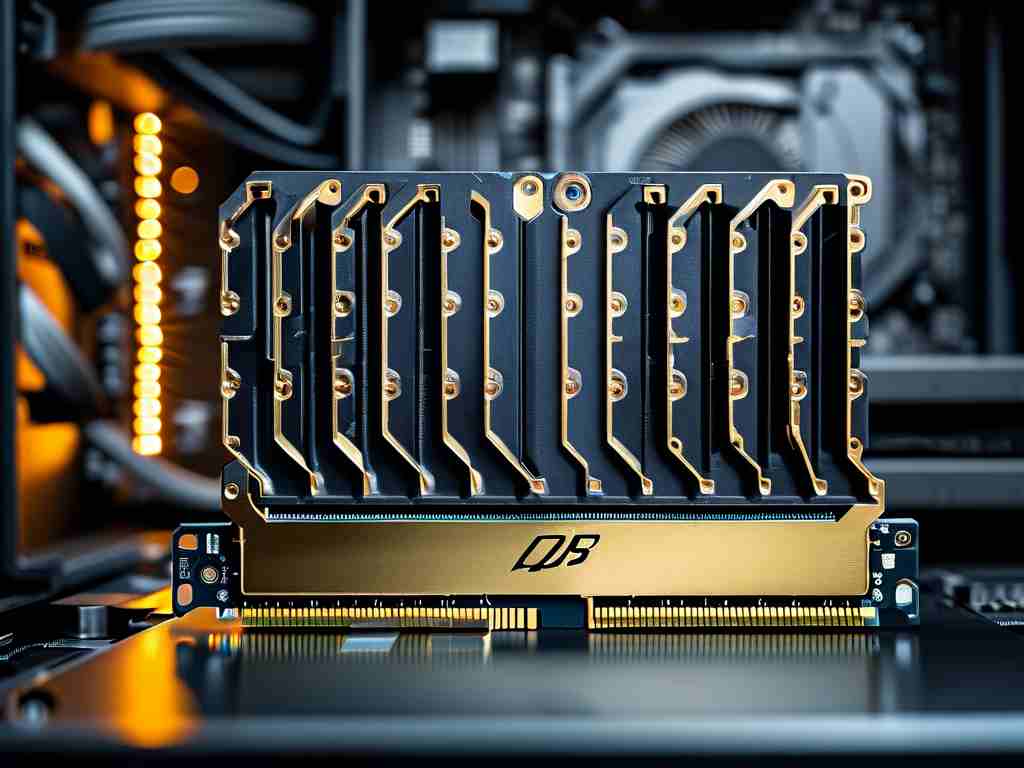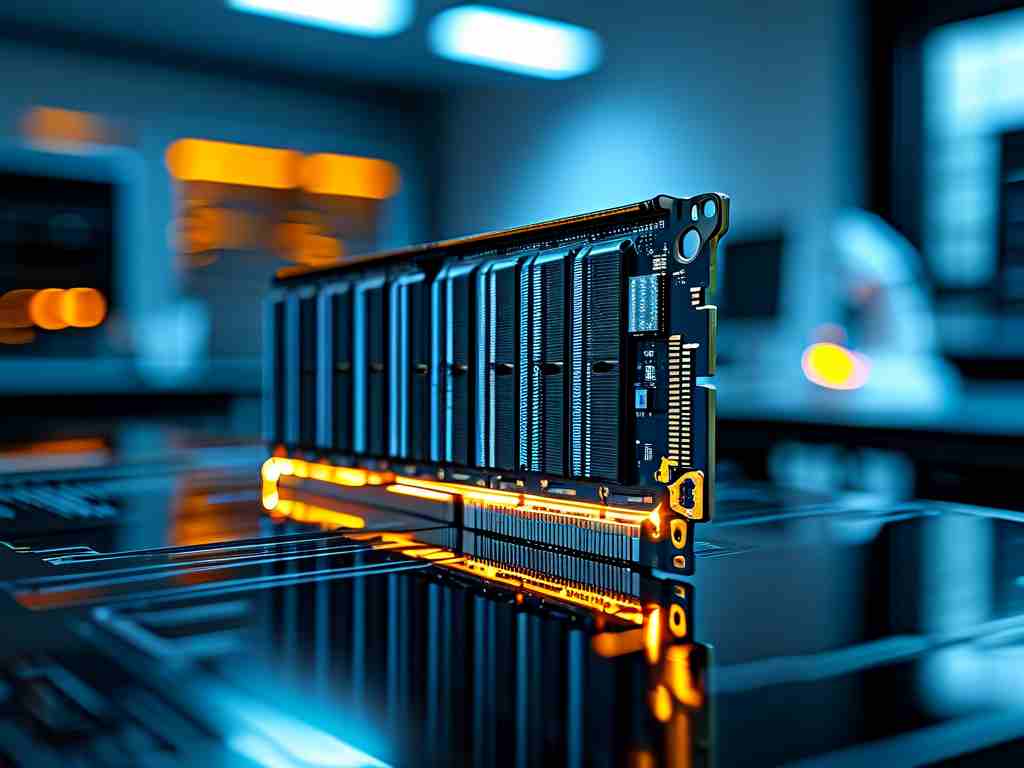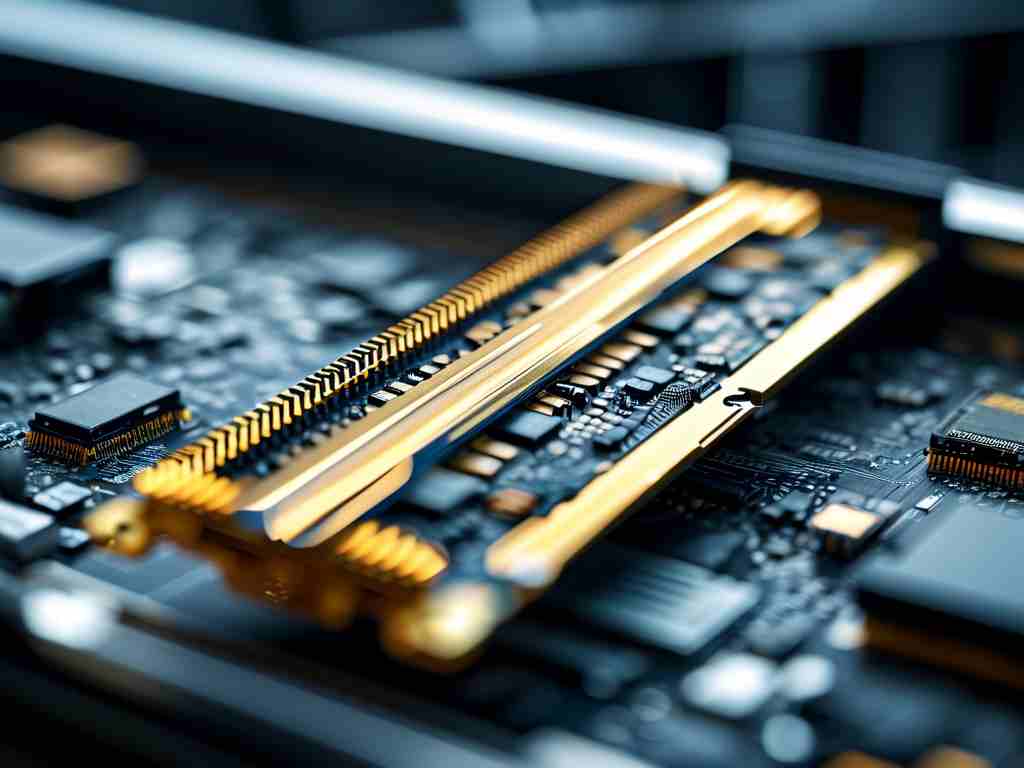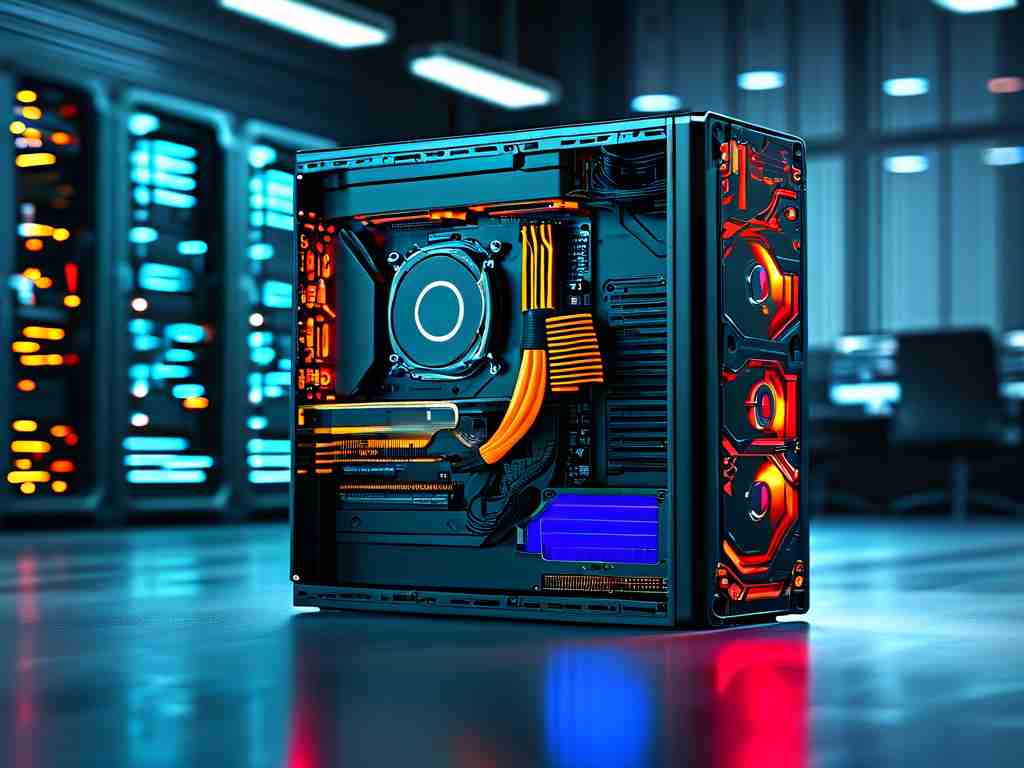Modern aircraft rely on sophisticated computer systems to manage navigation, communication, and operational safety. A frequent question in aviation engineering is: How much memory do these airborne computers actually require? The answer depends on multiple variables, including aircraft type, mission complexity, and regulatory standards. This article explores the technical nuances behind memory allocation in aviation systems while addressing real-world applications and future trends.
The Role of Memory in Aviation Systems
Aircraft computers, often referred to as avionics, handle tasks ranging from flight control to in-flight entertainment. Memory requirements vary significantly between systems. For instance, a Flight Management System (FMS) in a commercial airliner typically needs 4–16 GB of non-volatile memory to store navigation databases, terrain maps, and performance data. In contrast, simpler subsystems like cabin pressure controllers may operate with just 512 MB of embedded memory.
Redundancy is a critical factor. Modern jets employ triple or quadruple redundant computers to ensure fail-safe operations. Each unit must independently store identical datasets, effectively tripling baseline memory needs. For example, the Airbus A350’s avionics suite uses three separate 32 GB modules for its core processing units, ensuring seamless operations even if one fails mid-flight.
Military vs. Civilian Applications
Military aircraft often demand higher memory capacities due to advanced sensor fusion and real-time threat analysis. A fighter jet’s mission computer might utilize 64 GB or more to process radar, infrared, and electronic warfare data simultaneously. These systems prioritize speed and reliability, opting for radiation-hardened SSDs with write speeds exceeding 1.5 GB/s.
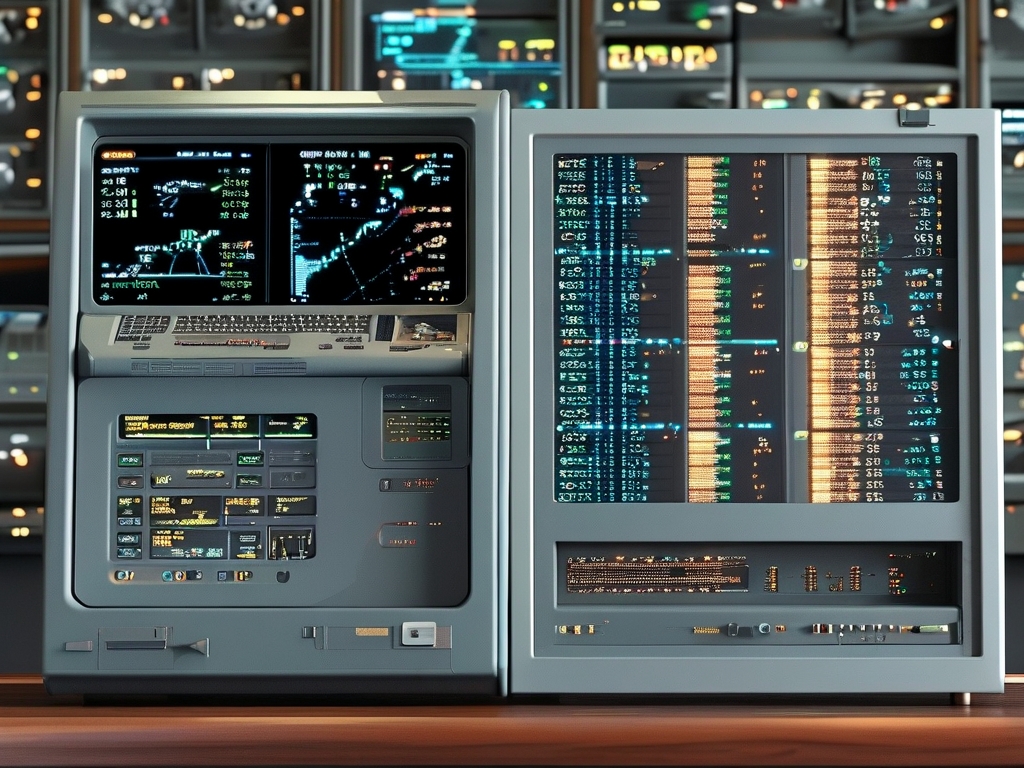
Commercial aviation, however, balances cost and performance. Boeing’s 787 Dreamliner uses a distributed network of computers with 8–12 GB per unit, optimized for fuel efficiency calculations and predictive maintenance. Interestingly, in-flight entertainment systems—a low-priority but passenger-facing component—consume up to 2 TB of storage for movies and Wi-Fi caching, rivaling the memory footprint of critical flight systems.
Regulatory Standards and Safety
Certification bodies like the FAA and EASA enforce strict guidelines for avionics memory integrity. DO-178C, the gold standard for airborne software, mandates rigorous testing of memory allocation patterns to prevent overflow errors. This often leads to conservative hardware designs—a 2018 study found that 70% of certified systems use only 60–70% of their theoretical memory capacity as a buffer against unexpected data spikes.
Additionally, non-volatile memory (NVM) must retain data without power for decades. Magnetoresistive RAM (MRAM) is gaining traction in next-gen systems due to its near-infinite rewrite cycles and resistance to cosmic ray interference—a common issue at high altitudes.
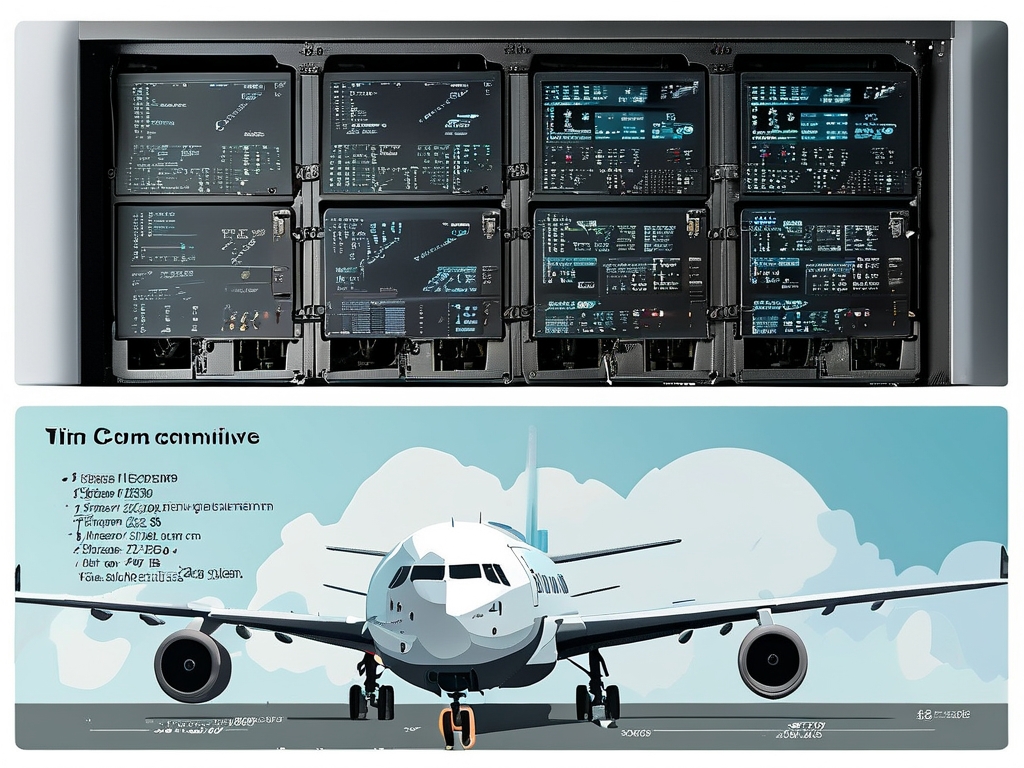
The Impact of AI and Edge Computing
Emerging technologies are reshaping memory demands. Machine learning algorithms for predictive engine monitoring now require GPUs with 16–24 GB of dedicated VRAM. Meanwhile, edge computing initiatives aim to process data locally rather than relying on ground servers. Airbus’s “Skywise” platform equips aircraft with 20 TB modular storage units to analyze terabytes of flight data in real time, reducing latency during decision-making.
Future Projections
Industry analysts predict a 300% increase in avionics memory needs by 2035, driven by autonomous flight systems and high-resolution satellite mapping. Quantum memory solutions, though experimental, could revolutionize data density. Lockheed Martin recently patented a cryogenic memory design capable of storing 1 petabyte in a shoebox-sized unit—potentially eliminating storage constraints altogether.
In summary, aircraft computer memory requirements span from modest embedded configurations to enterprise-grade data centers in the sky. As aviation embraces digitization, memory will remain a pivotal—and expanding—component of airborne innovation.



